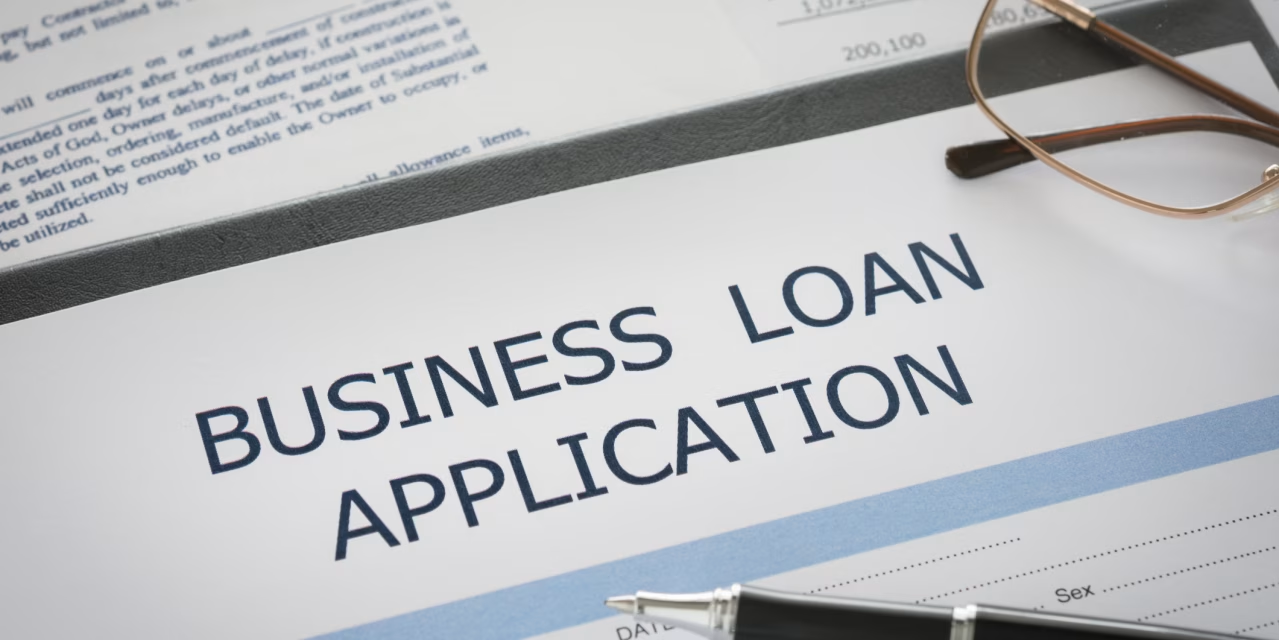Securing a business loan can be the lifeline your company needs to expand operations, purchase equipment, or improve cash flow. However, many small business owners struggle with loan approval due to strict requirements from banks and lenders.
This guide breaks down the top strategies to improve your chances of getting approved for a business loan in 2025.
Why Loan Approval Matters
Business loan approval rates remain lower than pre-2020 levels, with banks becoming more cautious. That means preparation is everything when applying for financing.
Step 1: Strengthen Your Credit Profile
Your credit score is one of the first things lenders look at.
- Aim for a 680+ credit score for traditional loans.
- Pay down outstanding debts.
- Correct errors on your credit report before applying.
Pro Tip: Even if your credit isn’t perfect, alternative financing (like invoice factoring or asset-based lending) may still be available.
Step 2: Organize Your Financial Documents
Lenders want proof your business can repay the loan. Prepare:
- Business tax returns (last 2–3 years)
- Profit & Loss statements
- Cash flow statements
- Bank statements
The more transparent and organized you are, the more confidence lenders will have.
Step 3: Build a Strong Business Plan
A detailed business plan shows lenders your company’s growth potential. Include:
- Executive summary
- Market analysis
- Sales & revenue forecasts
- Loan purpose (exactly how you’ll use the funds)
Step 4: Reduce Your Debt-to-Income Ratio
A high debt-to-income (DTI) ratio makes lenders nervous. Pay down smaller debts to free up cash flow.
Step 5: Offer Collateral or Guarantees
If you can secure the loan with assets (equipment, accounts receivable, or real estate), lenders are more likely to approve your application.
Step 6: Explore SBA and Alternative Loan Options
- SBA Loans → Lower rates, easier approval for qualified borrowers.
- Invoice Factoring → Financing based on unpaid invoices.
- Asset-Based Lending → Loans secured by collateral.
- Merchant Cash Advances → Fast but higher cost.
These options provide flexibility if traditional bank financing is out of reach.
Step 7: Build Relationships with Lenders
Don’t just apply cold—start networking with lenders before you need financing. Establishing trust increases approval odds.
Common Reasons Loan Applications Get Denied
- Poor credit history
- Insufficient collateral
- Weak business plan
- Too much existing debt
- Inconsistent cash flow
Knowing these pitfalls helps you avoid them.
FAQs
Q1: What credit score do I need for a business loan?
Most lenders prefer 680+, but SBA and alternative loans may accept lower.
Q2: Can I get a loan with no collateral?
Yes, unsecured loans exist but often have higher rates.
Q3: What’s the easiest type of business loan to get approved for?
Invoice factoring and merchant cash advances usually have the fastest approvals.
Final Thoughts
Improving your business loan approval chances comes down to preparation: strengthen your credit, organize financials, and explore both traditional and alternative financing.
At Chasewood Financial, we specialize in helping businesses secure the right financing—whether it’s an SBA loan, asset-based lending, or invoice factoring.
Contact us today to discuss how we can help you get approved faster and on better terms.







